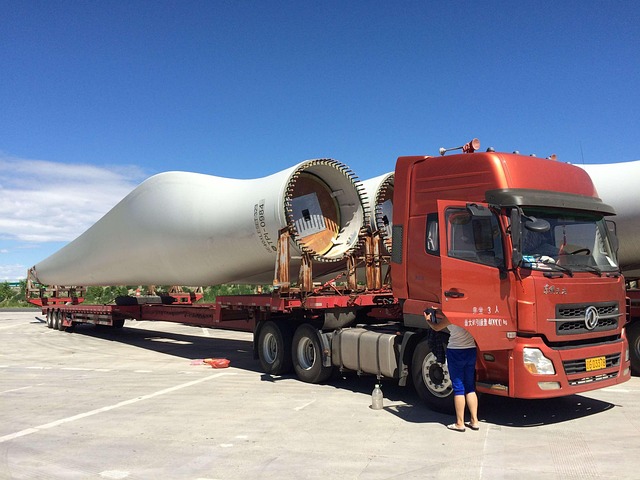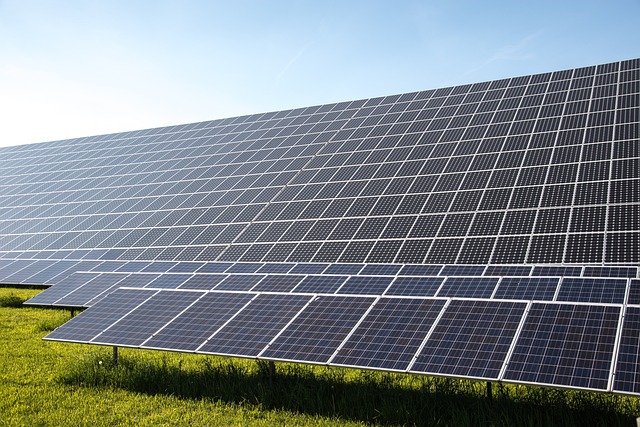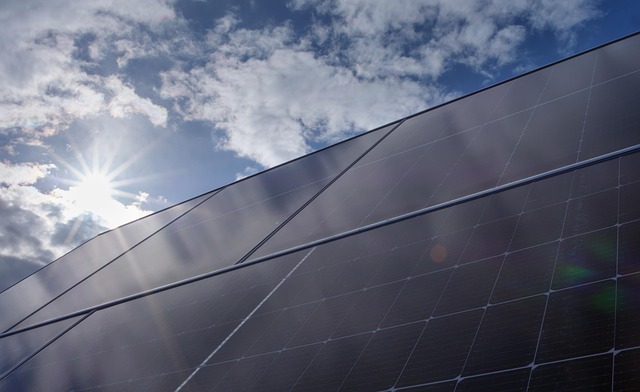
Solar Energy Storage Solutions: Powering Your World Day and Night
As the world marches towards a future increasingly reliant on renewable energy, the spotlight on solar power has never been brighter. The love affair with solar energy has flourished over the past few decades, driven by the need to reduce greenhouse gas emissions, a desire for energy independence, and the promise of lower electricity bills. However, one of the significant challenges that this energy source faces is its intermittent nature. The sun doesn’t always shine, especially during nighttime or cloudy days. This is where solar energy storage solutions come into play, enabling us to harness this abundant resource and utilize it whenever required, effectively powering our world day and night.
Understanding Solar Energy Storage
Solar energy storage involves capturing and storing energy generated by solar panels for use at a later time. In essence, these systems allow homeowners and businesses to maximize their solar investments, providing a reliable energy source regardless of external conditions. The most common form of solar energy storage is through battery systems, but various technologies contribute to this growing field.
The Importance of Solar Energy Storage
Solar energy storage systems bring several significant benefits to both users and the environment. As we delve deeper into solar energy storage solutions, understanding their importance becomes clearer.
Energy Independence
By investing in solar energy and storage systems, individuals and communities can reduce their reliance on traditional energy sources. This decreases their vulnerability to fluctuations in energy prices and supply chain disruptions, promoting greater energy independence.
Optimized Energy Usage
Solar energy generation often peaks during the day when sunlight is abundant, meaning energy usage strategies must adapt accordingly. Energy storage systems allow users to store excess power during peak generation hours and use it in the evening or on overcast days when solar output is limited. This optimization leads to enhanced energy efficiency and lower electricity bills.
Grid Stability
As the integration of decentralized energy resources increases, solar energy storage can help stabilize the grid. By managing the intermittent nature of solar power, storage systems can assist in balancing supply and demand, reducing stress on the electrical grid, especially during peak usage times.
Environmental Responsibility
By using stored solar energy, individuals contribute to decreasing the reliance on fossil fuels. As a result, they reduce their carbon footprint and contribute to a cleaner environment. Solar storage systems support the transition towards a more sustainable energy landscape.
Types of Solar Energy Storage Solutions
Various technologies and systems are utilized for solar energy storage, each with its strengths and weaknesses. Understanding these options can guide consumers in making informed decisions suited to their energy needs and lifestyle.
Battery Storage Systems
Battery storage systems are perhaps the most widely recognized form of solar energy storage solutions. They store excess energy generated by solar panels in rechargeable battery units for later use. Batteries come in several formulations, and using the correct type is essential for maximizing performance and efficiency.
Lithium-ion Batteries
Lithium-ion batteries have gained massive popularity due to their high energy density, long lifespan, and decreasing costs. They are often used in home solar systems, offering efficient energy storage capabilities that prove ideal for residential applications.
Lead-acid Batteries
Another option is lead-acid batteries, which have been in use for decades. While they are generally less expensive upfront, they have shorter lifespans and lower energy densities compared to lithium-ion counterparts. As such, they may require more frequent replacements and maintenance.
Flow Batteries
Flow batteries are an emerging technology that can provide long-duration energy storage and are particularly suitable for larger solar installations. With their scalability and longer life cycle, flow batteries may offer significant advantages for commercial applications.
Hybrid Solar Systems
Hybrid solar systems combine solar photovoltaic panels with both battery storage and connection to the grid. By using this configuration, users can balance their energy needs between stored solar energy and grid electricity. This flexibility allows them to take advantage of the grid during nights and cloudy days while maximizing their solar generation during peak sunlight hours.
Thermal Energy Storage Systems
Thermal energy storage systems serve a different approach by storing energy as heat. These systems can capture excess thermal energy generated by solar thermal panels or other heat sources. While not as common as battery-based solutions, thermal energy storage can be suitable for applications requiring heating, such as industrial processes or residential heating systems.
Factors Influencing Solar Energy Storage Decisions
When considering a solar energy storage solution, several factors should influence the decision-making process. These considerations are vital to ensure the chosen system aligns with specific energy needs and goals.
Energy Consumption Patterns
Understanding how energy is consumed at different times during the day is crucial. Users can analyze their energy usage patterns to determine when they need power, allowing them to optimize their solar energy storage accordingly. Knowledge of consumption patterns can guide battery sizing and determine whether supplemental grid energy is necessary.
System Sizing
Choosing the right system size is critical for capturing and utilizing solar energy effectively. A system that is too small may result in insufficient stored energy, while an oversized system could lead to wasted resources. Sizing depends on factors such as energy consumption, solar panel output, and battery storage capacity.
Budget Considerations
Cost is a significant consideration for most consumers. Initial investment costs for solar energy systems can be substantial, but potential savings on electricity bills, government incentives, and tax credits may help offset this expense. Consumers should conduct a financial analysis to evaluate the long-term benefits of their investment.
Maintenance and Lifespan
Different storage technologies come with various maintenance requirements and lifespans. For example, lithium-ion batteries may have longer lifespans and lower maintenance compared to lead-acid options. Users must be aware of these factors to make informed decisions that align with their long-term goals.
Government Incentives and Policies
Many governments provide incentives for adopting solar energy solutions, including tax credits, rebates, and grants. These policies can significantly increase adoption rates, making it more economically feasible for homeowners and businesses to invest in solar energy storage systems. Staying informed about local policies and incentives can help maximize the benefits of solar energy investments.
Future Trends in Solar Energy Storage
The landscape of solar energy storage is rapidly evolving, with increasing innovations and technological advancements that hold exciting prospects for the future. Some noteworthy trends include:
Advanced Battery Technologies
As research continues in energy storage, advanced battery technologies such as solid-state batteries may revolutionize the industry. These batteries promise improved energy densities, faster charging times, and extended lifespans, providing safer and more efficient options for consumers.
Second-Life Battery Applications
Used electric vehicle batteries are being repurposed for energy storage in renewable energy systems. These second-life applications help with sustainability efforts by extending the lifecycle of batteries and providing cost-effective energy storage solutions.
Smart Energy Management Systems
With advancements in Internet of Things (IoT) technology, energy management systems will allow users to monitor and control their energy consumption more effectively. These systems can optimize energy use in real-time, adjusting storage and usage according to demand fluctuations and renewable energy availability.
Community Energy Storage
Innovative solutions like community energy storage are gaining traction, where multiple households cooperate to invest in larger battery systems. This model allows users to benefit from scale efficiencies and better manage distributed energy resources as a collective.
Conclusion
Solar energy storage solutions play a pivotal role in empowering individuals and communities to harness the full potential of solar energy. By overcoming the challenges of intermittency and promoting energy independence, these systems are vital for transitioning to a more sustainable energy future. As technological advancements continue to unfold, the possibilities for solar energy storage will expand, making renewable energy more accessible and impactful. With an informed approach, everyone can contribute to a cleaner, greener world while enjoying the myriad of benefits that solar power and storage solutions offer, creating a reality where we can harness this incredible energy source day and night.



